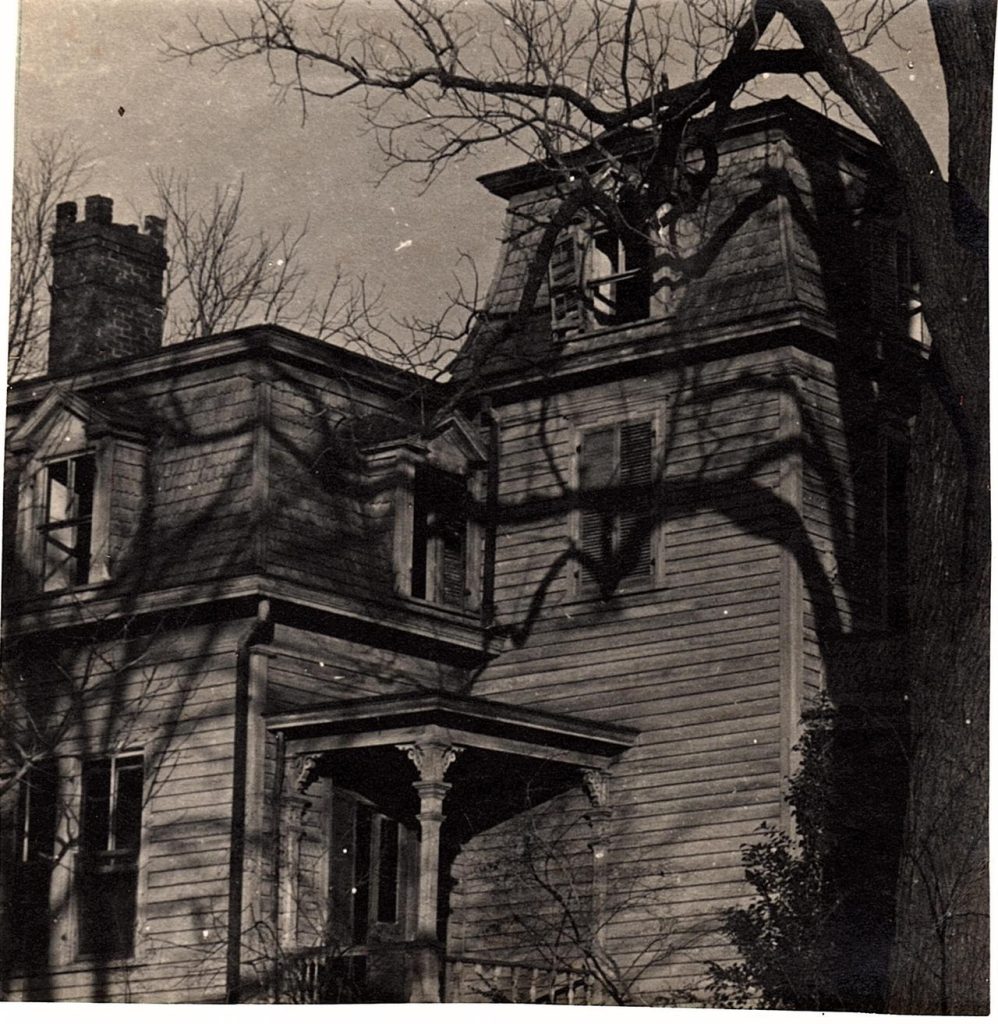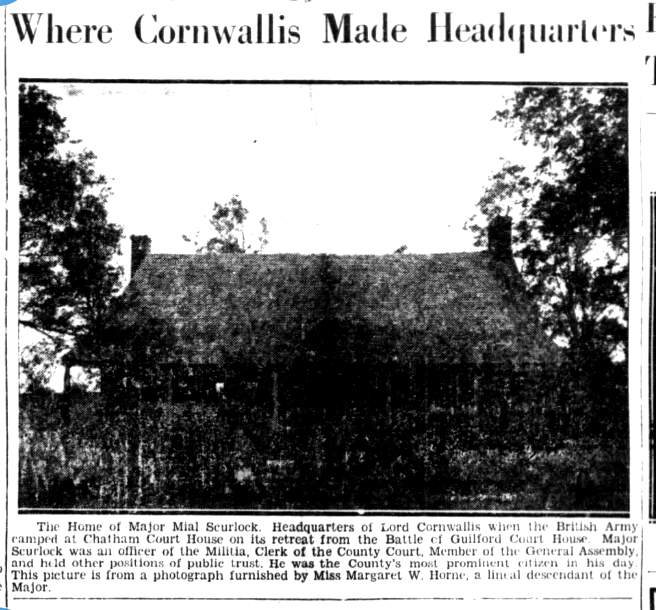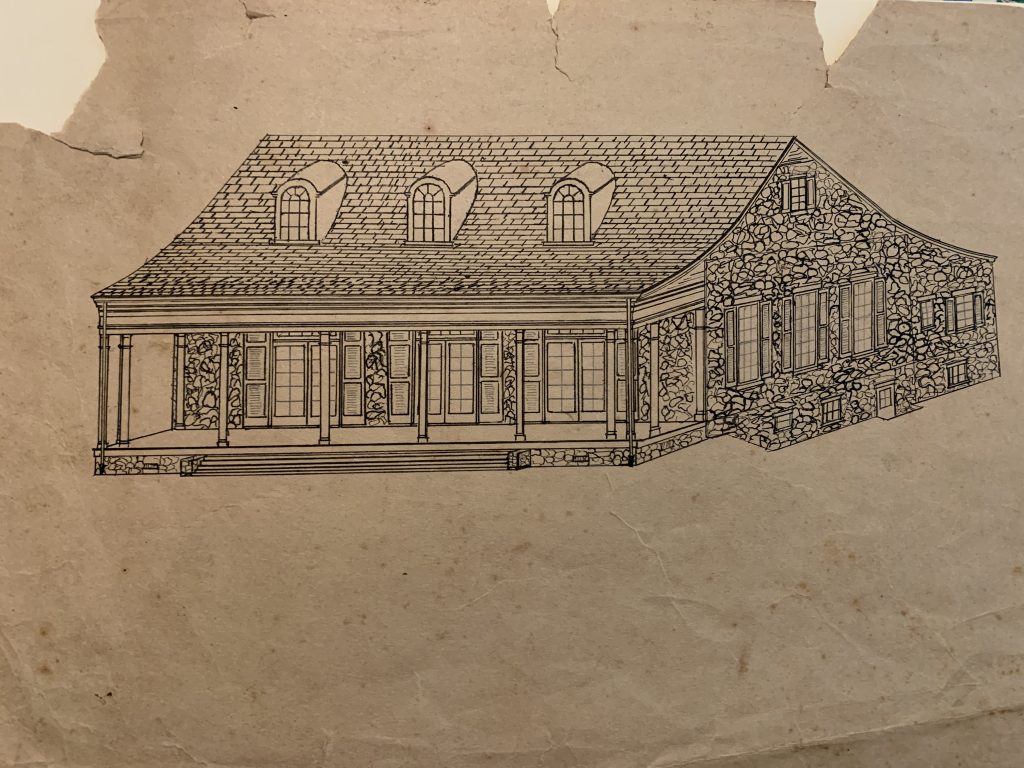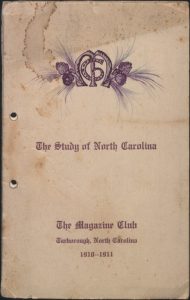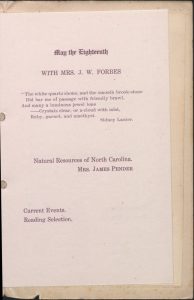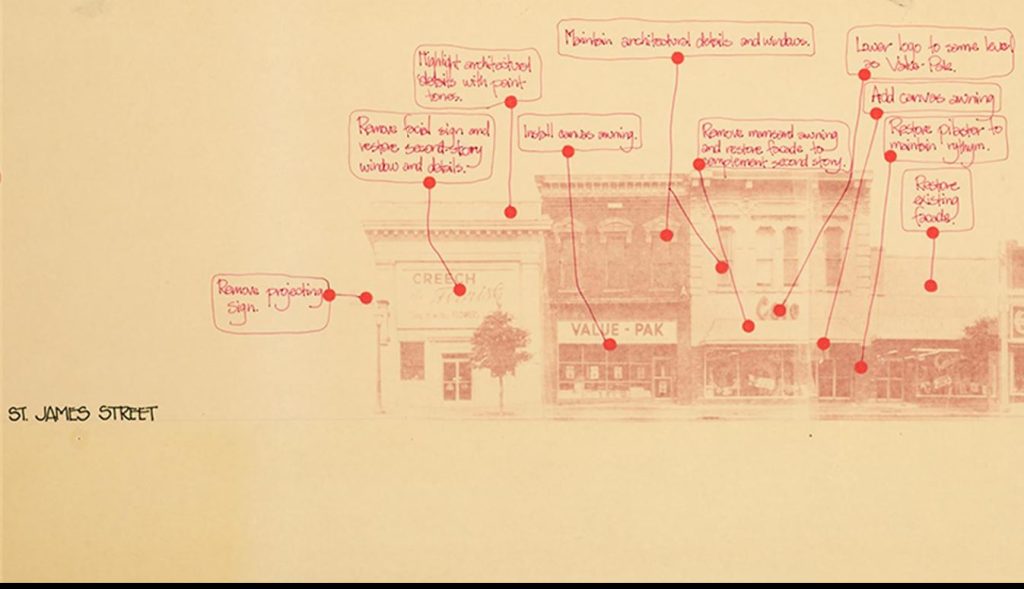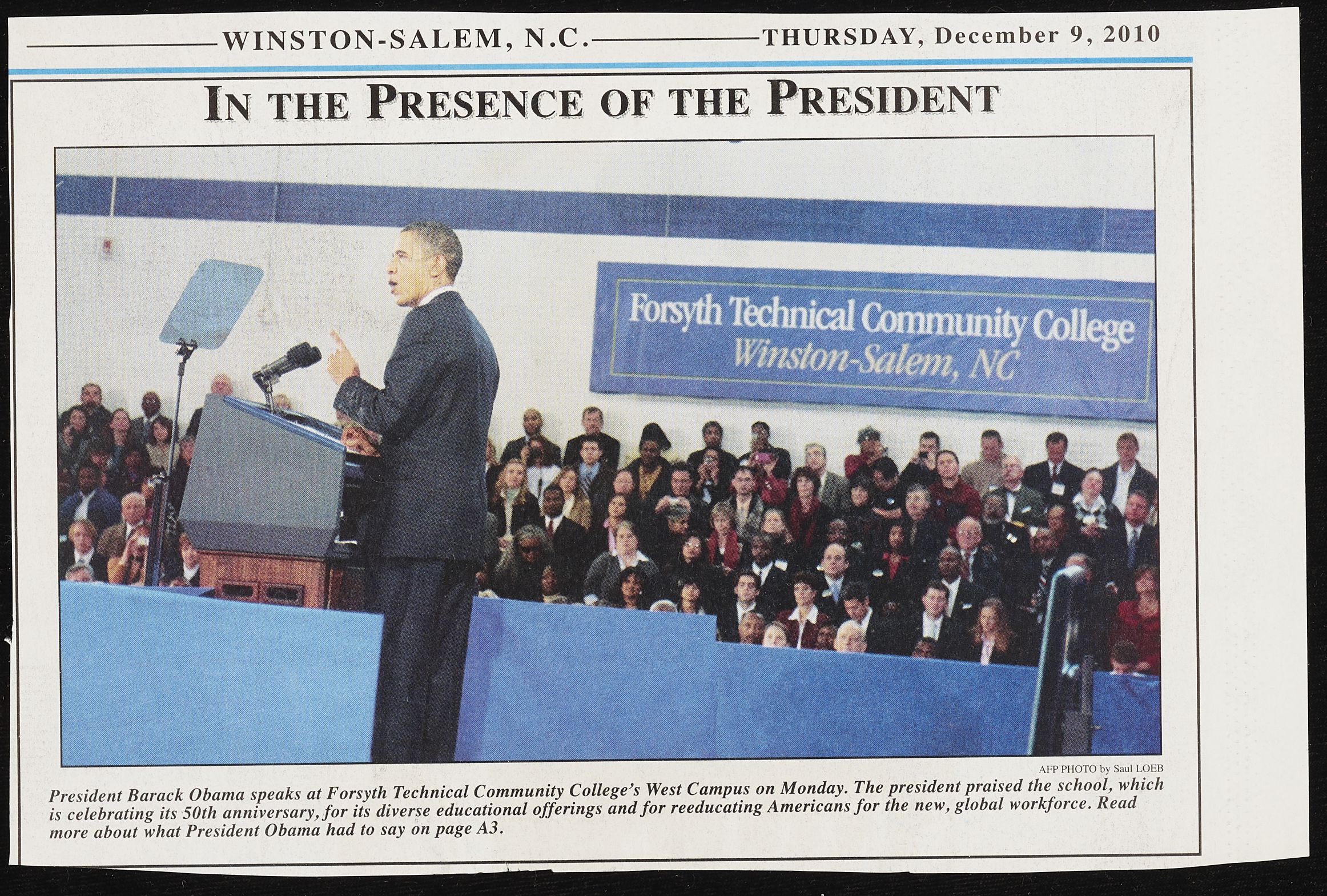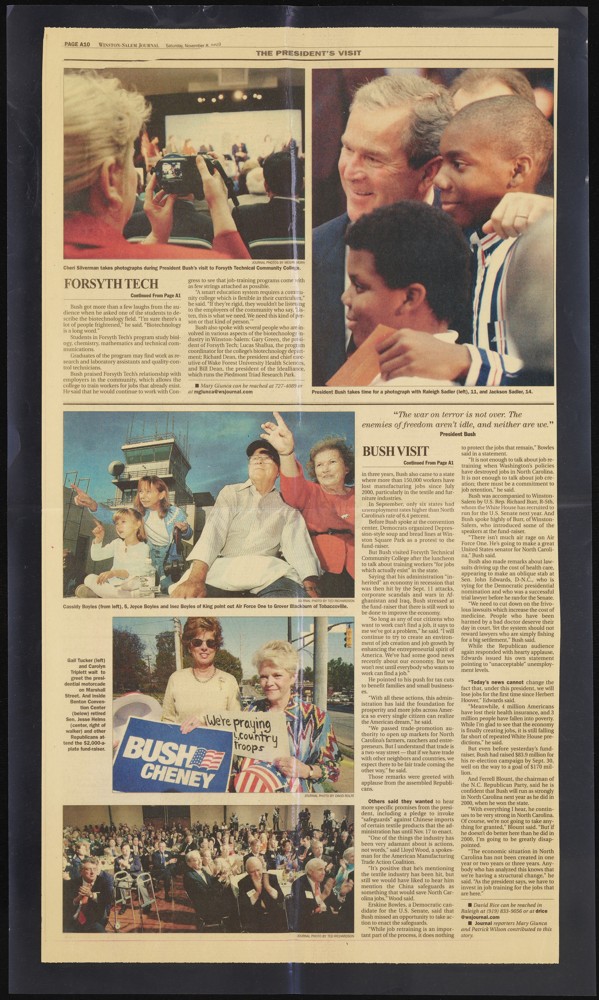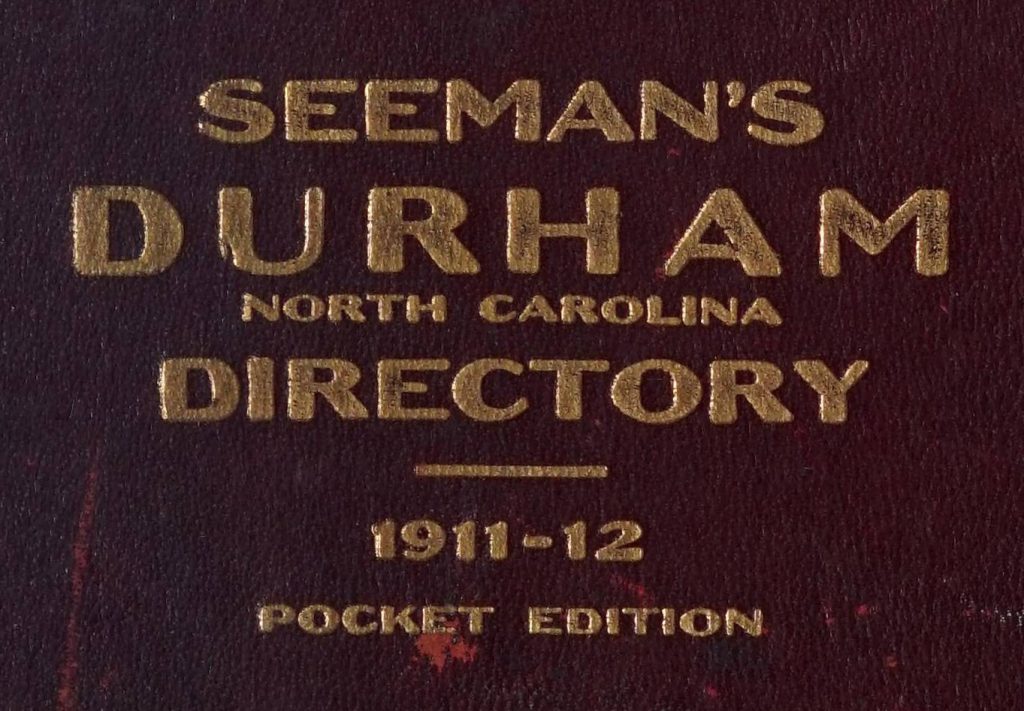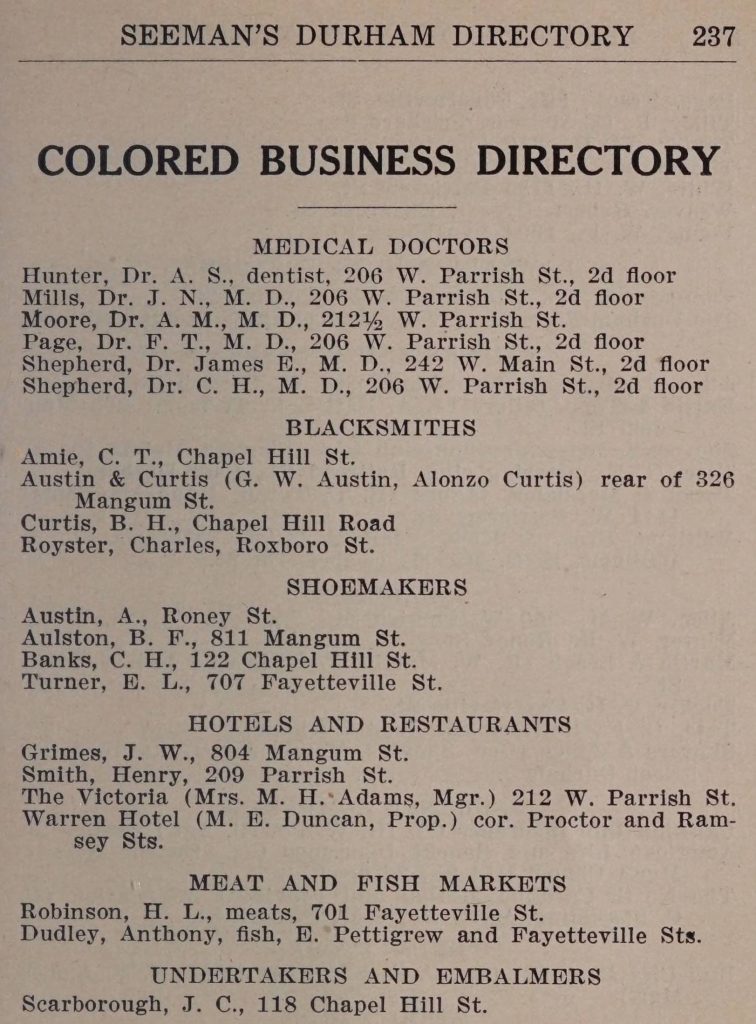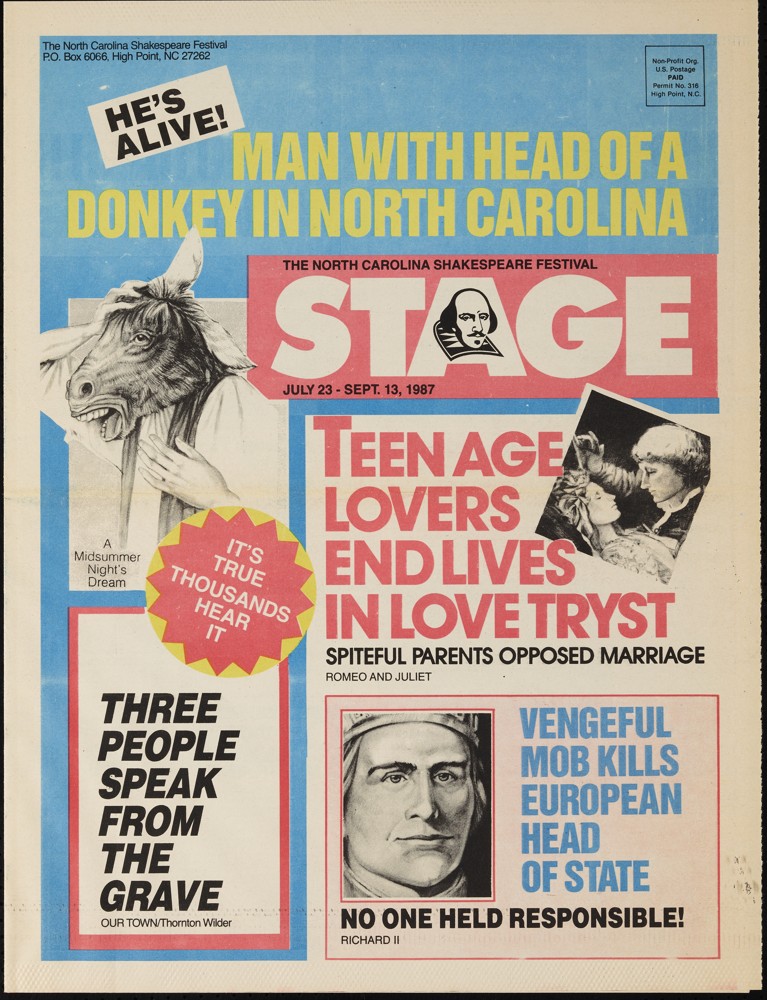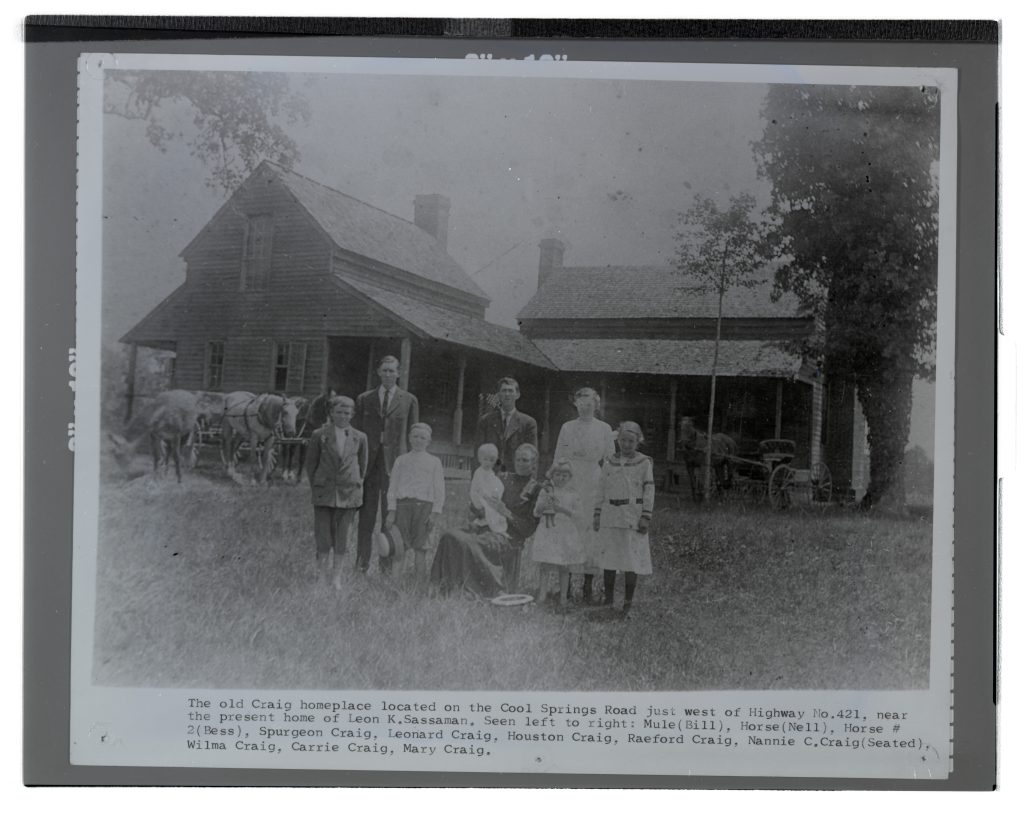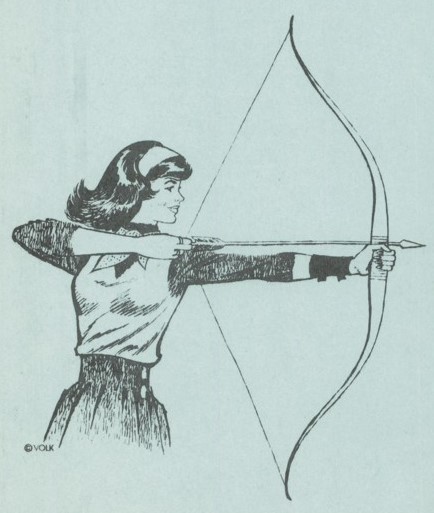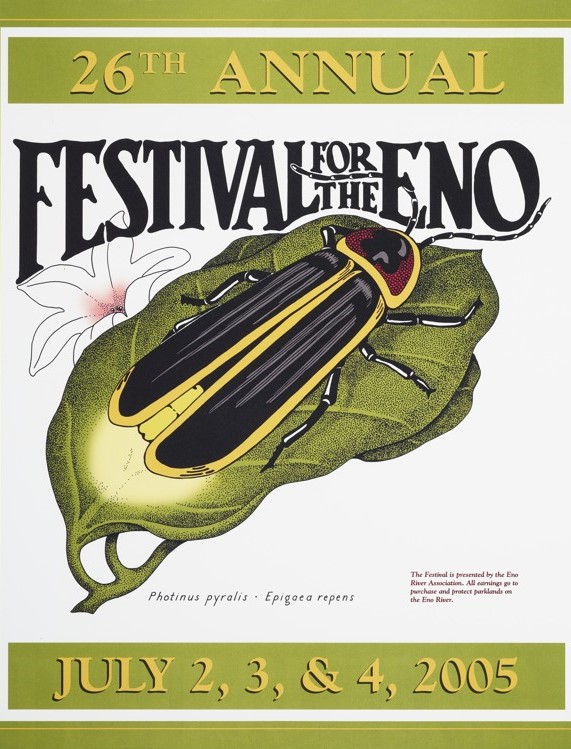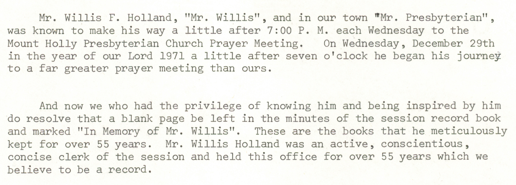Thanks to our partners at Chatham County Historical Association, DigitalNC is pleased to announce a brand new batch of architectural records are now available online! This collection hosts a variety of drawings, clippings, and photos of historical homes nestled within Chatham County’s rolling hillsides. Many of the homes pictured in this collection were demolished in the twentieth century, making these images some of the only surviving records of the homes.
Perhaps one of the most interesting historical details included in this collection is the home of Major Mial Scurlock, a famous resident of Pittsboro in the nineteenth century. It’s said that this home was the headquarters of Lord Cornwallis, a British Army Officer, when he and his regiment occupied Chatham County as part of the Revolutionary War effort. It was at this home that he and his soldiers retreated to after their defeat at the Battle of Guilford Courthouse. Decades later, the home gained yet another military connection when it played host to the family of Mial Scurlock. Born in 1803, Scurlock was the clerk of Chatham County, an officer of the Militia, and a member of the North Carolina General Assembly. He and his family relocated to Texas in 1834, where he soon joined the fighting in the Texas Revolution. He fought in the Battle of the Alamo, where he perished as part of the fortresses’ defenders.
Another interesting home featured in this collection is the Pittsboro Community House. This building was constructed in 1934 as part of a Civil Works Administration Project focused on creating construction jobs in the Piedmont. Unusually, the home was built with walls of sandstone found within Chatham County. The house was used throughout the twentieth century as a library and eventually as a union hall, and still stands today as a historic site. This batch contains a drawing made by a ninth grader at the time of the home’s construction, as well as a digital photo taken recently. Comparing the two, it’s astounding to see how much of the building’s original architecture and character are preserved to this very day.
You can find the Scurlock House, the Pittsboro Community House, and many more beautiful Chatham County homes online now at DigitalNC here. Interested in learning more about the colorful history of Chatham County? You can find the county’s location page online at DigitalNC here. Thanks again to our amazing partners at the Chatham County Historical Association for making this collection available online. You can find the historical association’s DigitalNC’s partner page here, or visit their website online here.
